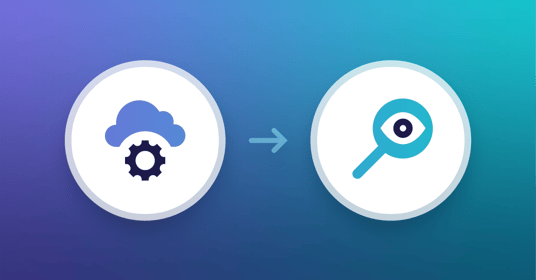CIOs, and the software organizations they lead, are being torn between innovation and optimization. Teams are being pressed to manage complexity within their existing technology stacks while investing in new technologies that will help them deliver more value to their customers. Though often overlooked in transformative technology changes, test automation is key to providing a valuable safety net as companies invest in new technologies, DevOps adoption, and pipeline automation. Without an effective quality strategy, CIOs and their teams risk these investments falling flat if customers are impacted by defects. The key is identifying a software testing solution that can adapt to the changing realities of cloud-native software development.
How Continuous Testing Supports CI/CD
Cloud-native test automation is essential for scalable software testing, especially in CI/CD. Automated pipelines move fast, deploy often, and minimize the burden of rote tasks on development teams, so testing must be executed quickly and minimize any friction between teams. Continuous testing, which helps development teams monitor code for errors from the earliest stages of development, is emerging as the industry best practice for building high-value CI/CD pipelines.
INTEGRATING AUTOMATED TESTING ACROSS ENVIRONMENTS
Cloud-native test automation that ensures the reliability and resiliency of tests gives software development organizations the flexibility and power to execute comprehensive end-to-end tests without slowing velocity. Even when teams need to run comprehensive cross browser tests and end-to-end tests, cloud-native testing enables rapid results. Teams have the ability to run the same tests in parallel across multiple environments, including ephemeral preview environments, persistent staging environments, and production environments for consistent quality.
Even if an organization isn’t utilizing the full range of environments outlined above, test automation provides a safety net for transformation. Automated testing that’s only performed in the later stages of development can still significantly shorten regression testing time and provide faster feedback, as well support the success of ongoing CI/CD adoption.
RICHER FEEDBACK AT FASTER SPEEDS
Quick results are only meaningful when they unlock faster resolution. Ideally, the majority of code regressions are identified earlier in the development process by unit tests, integration tests and component tests, when fixes are simpler to identify and resolve. End-to-end tests serve as a safety net for the user experience and critical business user journeys, but the investigation process can be significantly more complex. Cloud-based automated tests store step-by-step richer diagnostic data, such as DOM snapshots and network activity, that helps development teams respond to testing at every stage of development.
Beyond improving the scale and flexibility of software testing in CI/CD pipelines, cloud-based test automation can more easily be integrated with other cloud-based tools that play a role in development, such as cloud build and deployment tools, collaboration tools like Jira, and communication tools like Slack or Microsoft Teams. Integrated tools reduce the friction of context switching for developers and quality teams, as well as reduce the time wasted search for relevant information. Evolving the tech stack simultaneously ensures that CI/CD transformations move smoothly with minimal disruptions.
Stay Focused on Building, Not Fixing
CI/CD transformation starts with planning an efficient test automation strategy. Ideally, testing provides an important checkpoint for code as it moves through an automated pipeline, ensuring that bugs are caught as early as possible while minimizing the need for human intervention. Cloud-based testing ensures that automated testing can scale as pipelines mature and the product evolves, ensuring that development teams have the tools to build new features with confidence.
Get started with two weeks of free cloud-native test automation with mabl.






